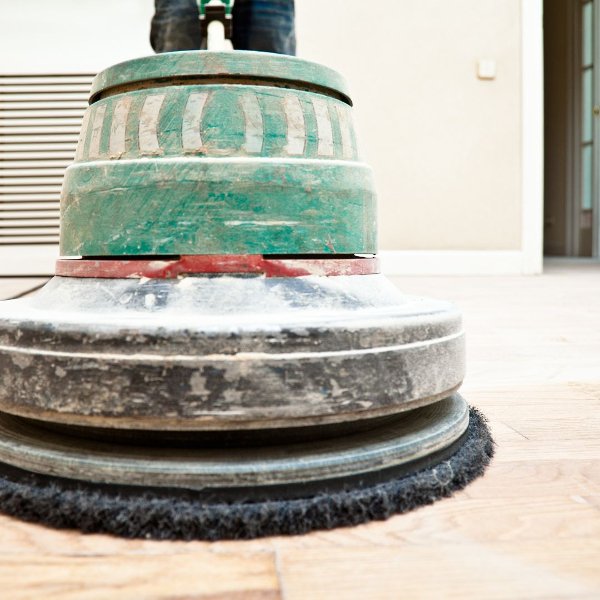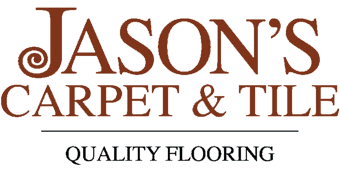Blog > The 411 On Waxing Floors
The 411 On Waxing Floors
Tuesday, October 1, 2024

Waxing your floors can be beneficial, but it depends on the type of flooring you have. Waxing helps protect floors, adds shine, and makes them more resistant to wear and tear. However, not all floors are suitable for waxing.
Types of Floors That Can Be Waxed
Hardwood Floors:
- Solid hardwood: Waxing is a traditional method to protect and shine solid hardwood floors. It helps preserve the wood and creates a glossy finish.
- Note: Some hardwood floors may have a polyurethane finish that doesn’t require waxing, so always check before applying wax.
Unfinished or Bare Wood Floors:
- These types of floors benefit from waxing since they lack a protective finish. Waxing helps shield the wood from moisture and damage.
Linoleum Floors:
- Waxing linoleum floors enhances their appearance and extends their lifespan by protecting the surface from scuffs and stains.
Concrete Floors:
- Waxing concrete floors can enhance their appearance, adding a nice gloss and making them easier to clean and maintain.
Types of Floors You Should NOT Wax
Laminate Floors:
- Laminate floors have a wear layer that doesn’t benefit from wax. Applying wax can make the floor slippery and cause damage.
Vinyl Floors:
- Vinyl flooring typically has a protective finish, and waxing can cause build-up and discoloration.
Tile Floors (ceramic, porcelain, or stone):
- Waxing tile floors is generally not recommended. They don’t absorb the wax, and it can leave a sticky residue.
Waxing Tips
- Always clean the floor thoroughly before waxing to remove dirt and grime.
- Use a wax that is specifically formulated for your floor type.
- Apply the wax in thin layers and buff it for a smooth, glossy finish.
Have a specific question about waxing your home’s floors? Contact Jason’s Carpet & Tile today at 954-231-4487.
